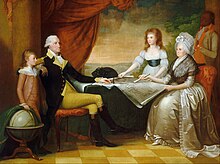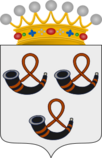
Isham Randolph was an American planter, merchant, public official, and shipmaster. He was the maternal grandfather of United States President Thomas Jefferson.

First Families of Virginia (FFV) are the families in colonial Virginia who are socially prominent and wealthy, but not necessarily the earliest settlers. They descend from English colonists who primarily settled at Jamestown, Williamsburg, the Northern Neck and along the James River and other navigable waters in Virginia during the 17th century. These elite families generally married within their social class for many generations and, as a result, most surnames of First Families date to the colonial period.
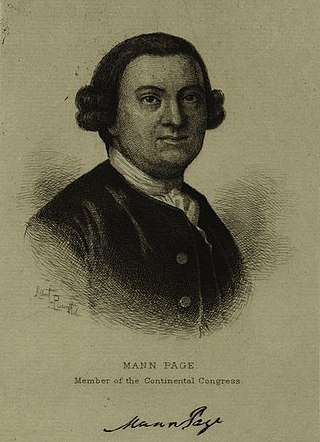
Mann Page (1749–1781), sometimes referred to as Mann Page III, was an American lawyer, politician and planter from Spotsylvania County, Virginia, who served in the House of Burgesses and first Virginia House of Delegates as well as a delegate for Virginia to the Continental Congress in 1777. His elder half brother was Virginia Governor John Page. Since the name was common in the family, and five men of the same name served in the Virginia General Assembly, relationships are discussed below.
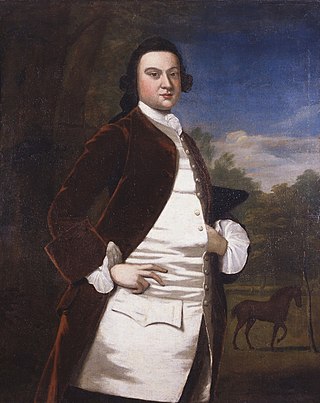
Colonel William Byrd III was an American planter, politician and military officer who was a member of the House of Burgesses.
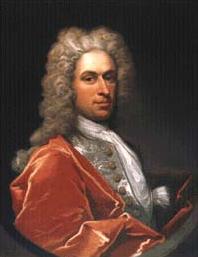
Colonel Thomas Lee was a planter and politician in colonial Virginia, and a member of the Lee family, a political dynasty. Lee became involved in politics in 1710, serving in both houses of the Virginia General Assembly, and also held important positions as Naval Officer for the Northern Potomac Region and agent for the Northern Neck Proprietary. After his father died, Lee inherited thousands of acres of land as well as enslaved people in then-vast Northumberland and Stafford Counties in Virginia as well as across the Potomac River in Charles County, Maryland. These properties were developed as tobacco plantations. Northumberland County was later subdivided, so some of Lee's properties were in modern Fairfax, Fauquier, Prince William and Loudoun Counties as well as the counties in the modern Northern Neck of Virginia.

Colonel John Custis IV was an American planter, politician, government official and military officer who sat in the House of Burgesses from 1705 to 1706 and 1718 to 1719, representing respectively Northampton County and later the College of William & Mary. A prominent member of the Custis family of Virginia, he utilized his extensive landholdings to support a career in horticulture and gardening.

Faunsdale Plantation is a historic slave plantation near the town of Faunsdale, Alabama, United States. This plantation is in the Black Belt, a section of the state developed for cotton plantations. Until the U.S. Civil War, planters held as many as 186 enslaved African Americans as laborers to raise cotton as a commodity crop.

Benjamin "Ogle" Tayloe was an American businessman, bon vivant, diplomat, scion of colonial tidewater gentry, and influential political activist in Washington, D.C. during the first half of the 19th century. Although he never held elective office, he was a prominent Whig and influential in presidential electoral politics in the 1840s and 1850s. His home, the Tayloe House, became a salon for politically powerful people in the federal government and socially influential individuals in the United States and abroad. Tayloe was also a party in the important 1869 contract law case, Willard v. Tayloe, 75 U.S. 557.
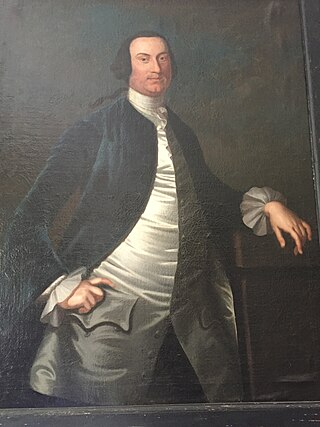
Col. John Tayloe II was the premier Virginia planter; a politician, and colonial Colonel in the Virginia Militia. Virginia. He served in public office including the Virginia Governor's Council, also known as the Virginia Council of State.

Col. John Tayloe I was one of the richest plantation owners and businessmen in Virginia for his generation. Considered to be the chief architect of the family fortune, he was known as the "Hon. Colonel of the Old House". The Tayloe family of Richmond County, Virginia, including John Tayloe I, his son, John Tayloe II, and grandson, John Tayloe III, exemplified gentry entrepreneurship diversifying business interests through vertical integration.
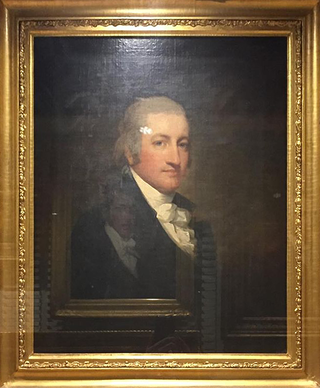
Col. John Tayloe III, of Richmond County, Virginia, was the premier Virginia planter; a politician, businessman, and tidewater gentry scion. He was prominent in elite social circles. A highly successful planter and early Thoroughbred horse breeder, he was considered the "wealthiest man of his day". A military officer, he also served in the Virginia House of Delegates and Senate of Virginia for nine years.

The American gentry were wealthy landowning members of the American upper class in the colonial South.

Henry Augustine Tayloe of Oakley Plantation, Essex County, Virginia, later Gallion, Canebrake, Alabama, was an American planter, slaveholder, horse breeder and racer, and land speculator in the 19th century.
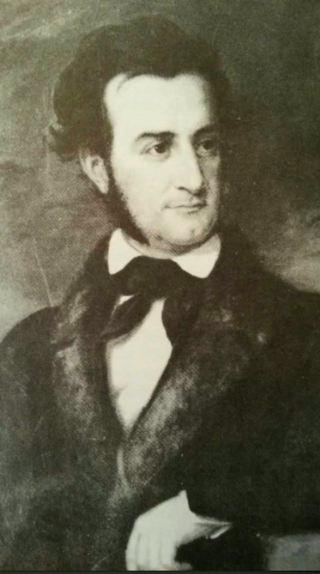
Edward "Thornton" Tayloe was an American Diplomat, planter and scion of colonial tidewater gentry. He was named after his godfather, Edward Thornton a friend and fellow student of his father's at Eton College and His Majesty's ambassador to Washington D.C. He owned estates in King George County, Virginia and the Canebrake. He was the private secretary to Joel Roberts Poinsett during his time as the first minister to Mexico. He married his first cousin, Mary Ogle, at Belair Mansion Prince George's Co., Maryland during Christmas in 1830.

Henry Corbin was an emigrant from England who became a tobacco planter in the Virginia colony and served in both houses of the Virginia General Assembly, in the House of Burgesses representing Lancaster County before the creation of Middlesex County on Virginia's Middle Neck, then on the Governor's Council.

William Augustine Washington was a Virginia planter and officer who served one term in the Virginia House of Delegates representing Westmoreland County, as well as terms as colonel of the county militia and as the county sheriff, before moving to the newly established District of Columbia. The son of the half-brother of President George Washington, he was also one of the seven executors of the former President's estate.
Gawin Corbin Jr., although trained as a lawyer in England, became a Virginia planter, loyalist militia officer, customs collector and politician who served in both chambers of the Virginia General Assembly as had his father Richard Corbin.
Gawin Corbin (1669-1745) was a Virginia planter, militia officer, customs collector and politician who served in the House of Burgesses representing at various times Middlesex and King and Queen County. Two descendants of the same name would also serve in the House of Burgesses, Gawin Corbin Sr. and Gawin Corbin Jr.
John Tayloe Corbin was a Virginia planter and politician who represented King and Queen County in the House of Burgesses. The son of powerful planter Richard Corbin, a member of the Governor's Council, he was likewise a Loyalist during the American Revolutionary War, but remained in Virginia. He was named after his maternal grandfather John Tayloe I.
